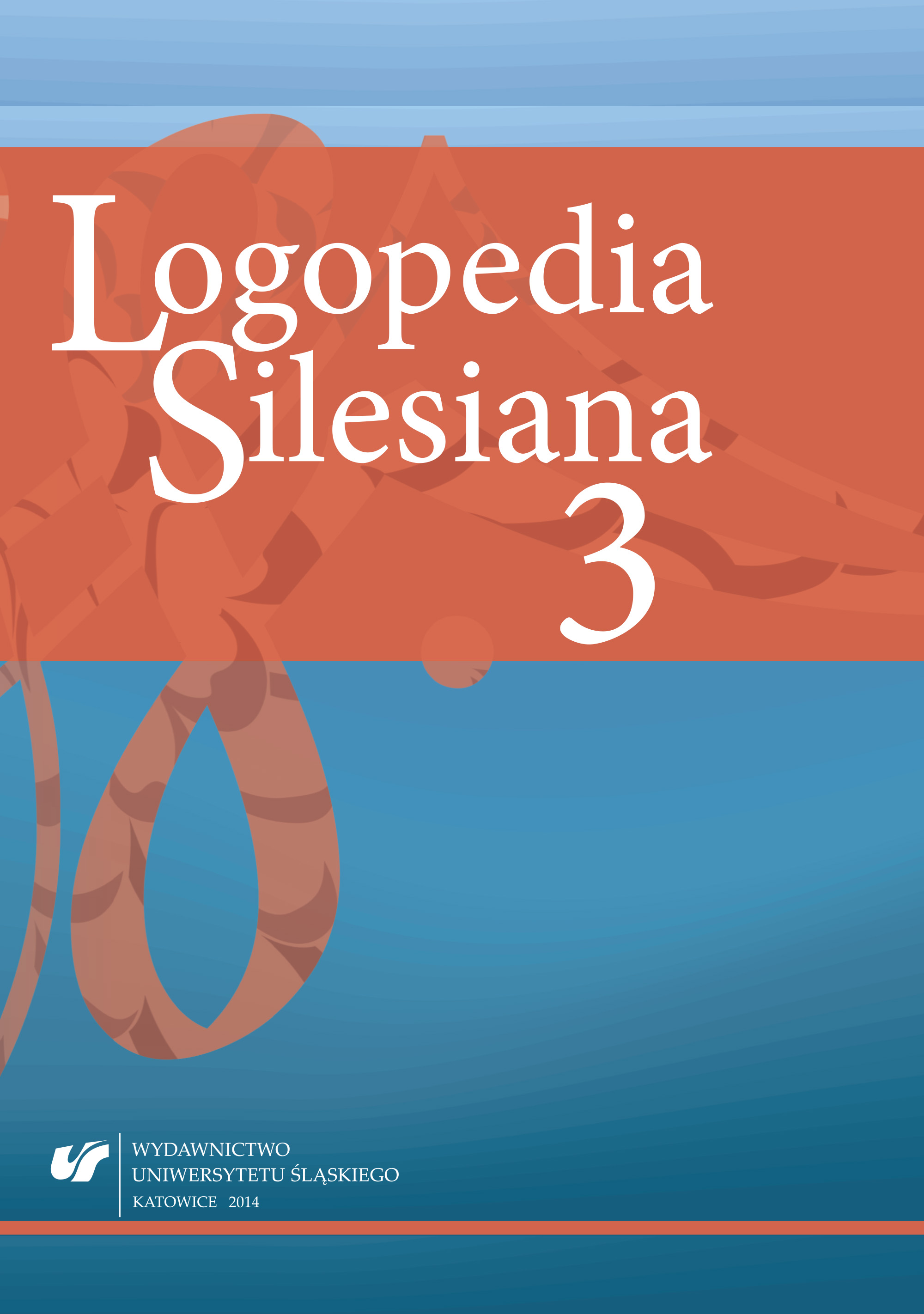

Pobierz pliki
Zasady cytowania

Nr 3 (2014)
Opublikowane:
 10.31261/LOGOPEDIASILESIANA
10.31261/LOGOPEDIASILESIANA